
Situated just a few hours north of Nairobi is Africa's second-highest summit. Unlike Kilimanjaro, twin-peaked Mount Kenya is a climber's mountain, with no easy way to the top of either Batian or Neilion. It also lies right on the equator, giving paradoxical conditions, with both winter and summer conditions being found on opposing sides of the mountain depending on the season.
Sadly climate change has put paid to many of the winter climbs on the mountains, though I understand that both the Ice Window Route and Diamond Couloir have been climbed in recent years, but they're not reliably 'in' like they were in the '80s and '90s. That said, there are still myriad fantastic alpine rock climbs to do — many of which do not get regularly climbed, so will feel on the adventurous end of the spectrum. I've always thought that the Walker Spur-esque Diamond Buttress looked particularly brilliant.
I've been lucky enough to climb Mount Kenya twice. The first time was on our honeymoon. Nikki and I climbed the South Face of Neilion. We walked in over four days, forgoing porters for some unknown reason, carrying huge rucksacks instead. On day three we cracked, the porters of another group took pity on us, and offered to carry our bags up and over Point Lenanna for the bargain price of 30 dollars. A couple of days later, after not much unacclimatised sleep, we summited Neilion. The next day we slogged all the way out to Nanuki, and had a massive row at the park gates, after we had overstayed our permits by an hour and were required to pay another day's fees.
More recently, Jonny, Richard and I touched down in Nairobi on New Year's Day. We withdrew huge wads of Kenyan Shillings and got a cab to a hotel. The next morning we were met by Jacob, our local guide.
We were driven to Chogoria Town, where we met our team of porters. Our original plan was to start the walk-in that afternoon. Upon arriving in Chogoria we were met with torrential rain. We quickly decided that discretion was the better part of valour, and that driving up mud roads in a two-wheel-drive Toyota was going to be impossible at best. On my previous trip to Kenya I'd seen nothing but blue skies, and had packed accordingly for this trip. Thankfully it was the only precipitation that we saw during the whole trip.
We spent the night in an unspeakable hotel, whilst Jacob sourced a more appropriate vehicle for saturated mud roads. The next morning we were greeted by a Land Rover Defender, which - judging by its split screen - was a similar age to my parents. Thankfully the road was less saturated than expected, and the journey went without incident, other than the fact that our driver nearly steered off the road when he was distracted by a local girl!
That afternoon we entered the Park, and walked to Lake Ellis where we camped. The walk-in went without incident, and three days later we found ourselves at the Austrian Hut (4,800m - the height of Mont Blanc) trying to kid ourselves that we were even vaguely acclimatised — we weren't.
The next morning, Jonny woke up and vomited immediately from the altitude. Richard and I held our nerve, deciding that if he got worse we'd go down. Thankfully by lunchtime he was right as rain. Richard and I recce'd the approach, which had changed beyond all recognition since my previous trip. The glacier we'd walked across 8 years ago had totally disappeared. Instead, we contoured round where it had once been.
Unfortunately that evening seven teams arrived, all with the plan to climb the same route as us the next day. We got up super early and were first on the route, getting to top of pitch four as the sun came up. Apart from a small route-finding error, which judging by the amount of fixed gear, we weren't the first make, the climb went without incident. Twelve hours after setting off we landed back at the base, having climbed both Batian and Nelion.
We stumbled back to the hut and collapsed into our sleeping bags, suitably exhausted. The next day we slogged all the way out to the Met Station, and out of the park. This time we overstayed our permit by twenty minutes, but thankfully this time we managed to blag it. Back in Nanuki we spent the night in the luxurious Soames, a stark contrast to the previous six days of camping and freeze dried meals.
Getting there
We flew direct from Heathrow to Nairobi with British Airways. Kenya seems to be one of the few countries where airlines still give you two 23kg bags as standard. This is great as you can take lots of stuff, including hill food. I would recommend getting an overnight flight as that way you can get a transfer straight to Nanuki and get going on day one. If you were slick and organised you could start your walk-in on day one without too much issue. If staying in Nairobi, I would book a hotel near the airport and ask them to come and pick you up, that will save you paying over the odds for a local taxi.
Visas, permits, local guides
For UK passport holders visiting Kenya, holiday visas are straightforward. You apply online in advance and should get the visa within a 24 hours. The cost is $50 USD.
Whilst in Mount Kenya National Park, there is a charge of $52 USD per person per day. It is worth entering the park late in the day, as you pay for each 24 hour period you are in the Park, e.g. if you enter at 14:00 and leave at 13:00 three days later you will only pay for three days. Whereas if you leave at 15:00 you will be required to pay for an extra day. We left 20 minutes after our entry time on our exit day, and only managed to avoid paying for an extra day thanks to the help of our guide.
It is a legal requirement to be accompanied by a local guide whilst in the park. Our guide, Jacob, charged 4000 Kenyan shillings a day (about £26). He was a super helpful guy with great knowledge of the mountains. He also organised four porters for us. We paid these guys 2000 ksh (£13) per day, and happily carried 20kg loads. I took four big climbing/exped bags for our porters to carry, but retrospectively big duffle bags would have been a better option.
Thanks to the generous luggage allowance we took all our hill food from the UK. In retrospect this was a bit of a mistake, as a local cook would have probably cost the same amount, and would have definitely provided tastier/more varied food. That said, if you are planning on bivvying on or before routes it is worth bringing some freeze-dried meals from the UK. Canister gas is available in Nairobi and Nanuki for a similar price as in the UK; I got our guide to source some. We also took an MSR Whisperlite stove on which we burned unleaded petrol. It would have been cleaner to run it on Benzina Blanca, which is easy to purchase in Kenyan dry cleaners, and very similar to white gas. I think it would be prudent to take both multi-fuel and gas stoves, as the availability of canister gas is not a given.
Approaches, Huts and Camps
Mount Kenya is right in the centre of the National Park and there are approach routes from every direction. I have approached by both the Sirimon Route from the North, and the Chogoria Route from the East. The Chogoria Route is particularly beautiful. Both take around four days to get to the Austrian Hut, from where you start the technical climbing.
Acclimatisation on Mount Kenya is not to be underestimated; by day 2 you will be at over 4,000m. Although the distances involved are not huge, I would not recommend trying to rush the walk-in. On both trips I exited via the Naro Moro Route. This is the quickest and steepest way out of the park, involving a fairly hideous feature known as the 'Vertical Bog'. You can walk-in this way, but you gain height quickly, and it's nowhere near as beautiful as the Chogoria or Sirimon Routes. In my view, it would only be a good option if you were already acclimatised — say if you live in the Alps, or have just trekked up Kilimanjaro.
On the popular treks (Chogoria, Sirimon, and Naro Moro) most of the camps have pit toilets and covered tables for cooking. There are also several huts. The only one of these I've personally stayed in is the Austrian Hut. The huts are closer to Scottish bothies, than the huts found in the Alps. Don't expect a three-course dinner, bar or wifi! At the time of writing the Austrian Hut costs 2000 Kenyan Shillings per person per night. The other huts will have similar rates. None of the huts or camps are particularly clean and I would try your level best not to get ill. My tops tips for this are being super diligent with hand hygiene and making sure your purify/boil all drinking water.
Point Lenana
At 4,985m high, Point Lenana is the often called the highest trekking peak on Mount Kenya, though I think it requires a little more respect than that. My most recent ascent was under snow, and felt much closer to mountaineering. If it is snow free, It is a short straightforward out and back ascent from the Austrian Hut (4,800m) and a little bit more involved if you traverse the mountain from Harris Tarn. If you are just intending on summiting Point Lenana, I would recommend taking a lightweight axe and some strap-on crampons, just in case the thing is plastered in snow.
South Face of Neilion
Accessed from the Austrian Hut and typically climbed between December and March, this is the easiest way up one of the technical summits of Mount Kenya. On paper the route isn't very long, but it wiggles around all over the place, more akin to a British trad route than an Alpine ridge. It's basically a turbo version of Grooved Arête on the East Face of Tryfan with a trickier pitch or two (VSish) thrown in for good measure. As the route-finding is less than obvious I would recommend a thorough recce the day before. If it were in the Alps the route would be graded Difficile. The route can be climbed with a single 60m rope, half a set of nuts, a set of cams, 8 quickdraws and some slings.
On the top of Neilion is the Howell Hut, a tiny little tin shelter, just big enough to sit up in, where three or four of you can spend the night. Personally I'd try to get up and down in one day.
Despite complex and loose terrain, the descent from Neilion is remarkably straightforward thanks to an abseil piste that was bolted down the mountain a few years ago. There is an excellent description for this descent here. If you follow it you shouldn't go wrong. The whole descent can be completed on a single 60m rope. The terrain you are descending is typically slabby. I wouldn't recommend tying two ropes together and doing longer abseils, as this will end in jammed ropes and tangles.

Batian via the Gates of Mist
Batian (5199m) is just 11 metres higher than Nelion. To get to its summit you need to descend into the Gates of Mist - the col that splits the two peaks - from there several pitches of easy ridge climbing lead to the summit. Before my trip I was unable to find much reliable info on the Gates of Mist, and was fairly daunted by the prospect. Several folks suggested fixing a rope to aid an ascent if needed. I thought this was totally unnecessary. We found that with a single 60m rope we could abseil from bolts into the Gates of Mist.
From there I led a pitch across the Gate (easy walking) to a good belay. 4 or 5 pitches of easy ridge climbing (fixed belays) lead to the summit. On the way back we reversed our steps, and used crampons and axe to climb back to the summit of Neilion. We did this section in late afternoon, and found easy soft snow (Scottish II) with rock protection available. I imagine first thing in the morning everything would be well frozen and feel much more consequential.
North Face Standard Route
I've not climbed this but it is the easiest way to the top of Batian in the summer season (August to October). Its crux is a grade or so harder (Hard VS) than the South Face of Neilon. The quickest descent is to cross the Gates of Mist and abseil down the S Face of Neilion.
Point John
Point John is the most prominent and impressive of the outlying peaks. It is a good option for acclimatisation or for those with spare time/energy. The standard route is about V Diff and can easily be done in a 1-day round trip from either the Austrian Hut or Mackinders Hut. Midget Peak also looks like a good rock climbing objective.
Temperatures and seasons
There are two seasons for climbing Mount Kenya: June - October for routes on the North side, and December - February for routes on the South. The weather during the rest of the year is typically not stable enough for the technical climbs, but ascents of Point Lenana are possible.
Temperatures are pretty similar to the Alps in summer, but it's worth taking an extra layer due to the cumulative fatigue caused by being constantly at high altitude.
Footwear: we wore trainers on the first couple of days of the trek, and B2 boots on Point Lenana, Batian and Neilion. We also carried rock shoes, but didn't wear them. Overnight temperatures went down to about -5 Celsius, so a good down sleeping bag is essential, especially when camping.
Rock Climbing in Kenya
Kenya has a fine history of traditional rock climbing, dating back to the 1950s, and whilst there are no crags of the calibre of Arapilies, El Cap or Céüse, there is plenty of cool rock to climb. Before this trip, as far as I knew rock climbing in Kenya consisted of Frog, Lukenya and Hell's Gate; old school venues, with loose rock, put up by gnarly ex-pats in the 1970s and '80s.
There is also Poi, a big wall somewhere in Northern Kenya; Pat Littlejohn territory, almost certainly beyond my pay grade. By the sounds of things Lukenya and Frog are cool single pitch venues close to Nairobi. A bit of a contrast to Hell's Gate, which is supposed to be like Gogarth's Red Wall but with zebras and giraffes instead of seals.
There is also Sabache, a couple of hours north of Nanuki in Samburu County, which has a great selection of crags from single pitch sport routes, to Utah-esque towers, to 300m high multipitch adventures. We stayed at Sabache Camp, which has plenty of routes within walking distance — both their hospitality and food are amazing too. Definitely a great place for some well-earned R and R at the end of a trip.
I imagine there is also plenty more great stuff that I don't know about, and plenty of great new crags to develop if you are that way inclined.
Most of the info about rock climbing in Kenya can be found online.
- PRESS RELEASE: Guided Ascent of Mount Kenya December 2024 23 Apr
- REVIEW: Mountain Equipment Vega - update of a classic 5 Apr
- DESTINATION GUIDE: Meteora, Greece - A Sport Climbing Area for Trad Climbers 4 Jan
- REVIEW: Haglofs Roc Sheer GTX Jacket 14 Nov, 2023
- REVIEW: Edelrid Salathe Lite - the best helmet is the one you'll want to wear 13 Jun, 2023
- REVIEW: North Wales Climbs Rockfax 30 May, 2023
- ARTICLE: Things I Learned While Climbing (and previously failing on) The Nose of El Capitan 17 Nov, 2022
- ARTICLE: Removing Stuck Gear 3 Nov, 2022
- ARTICLE: 12 Ways to Save Cash on Outdoor Gear 8 Sep, 2022
- GEAR NEWS: Guided Trip to Mingulay - Saturday 7 to Friday 13 May 2022 9 Feb, 2022

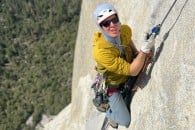

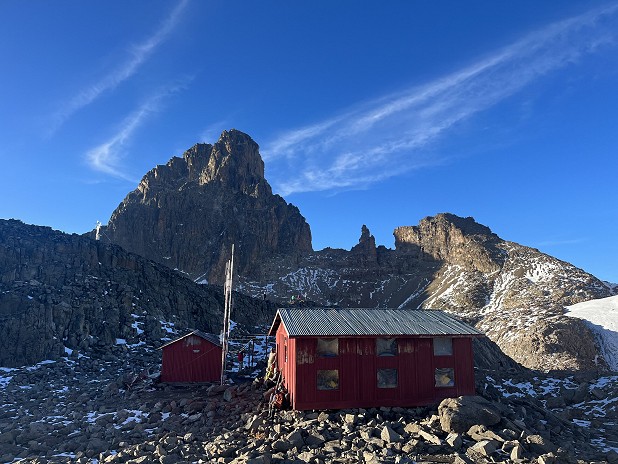
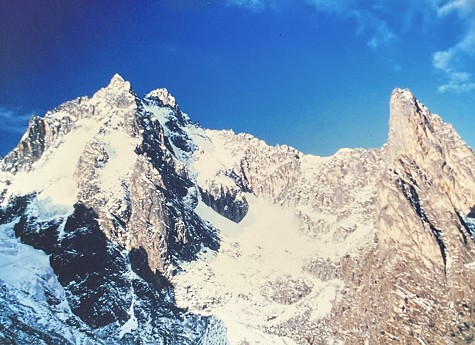
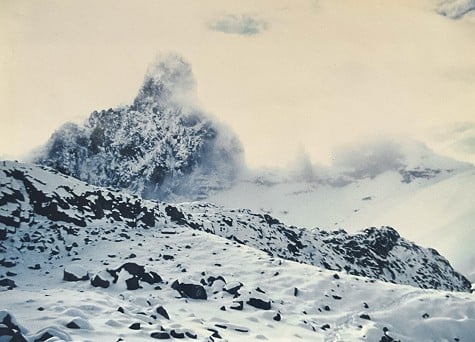
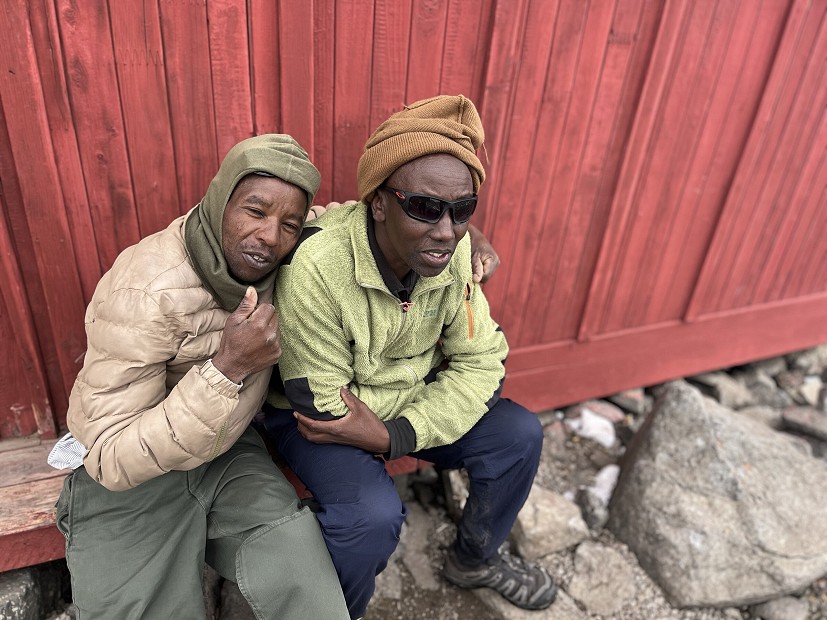

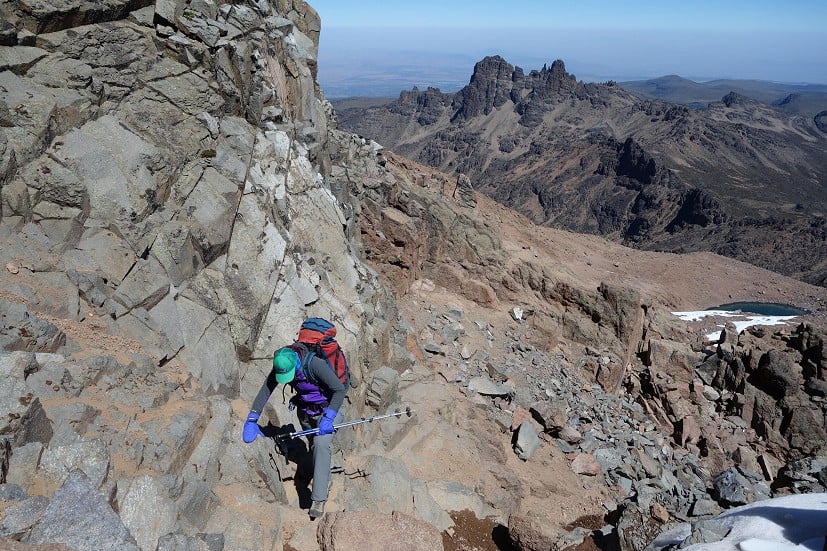
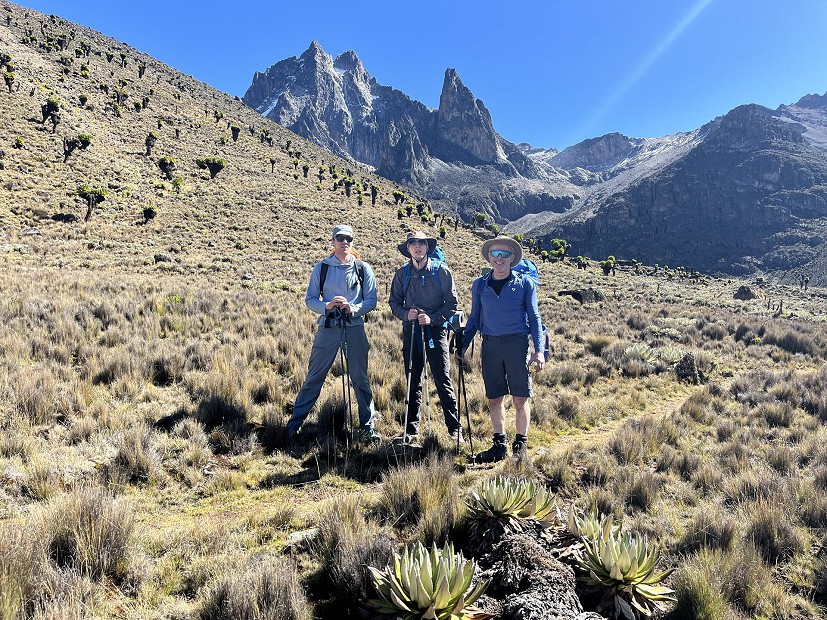
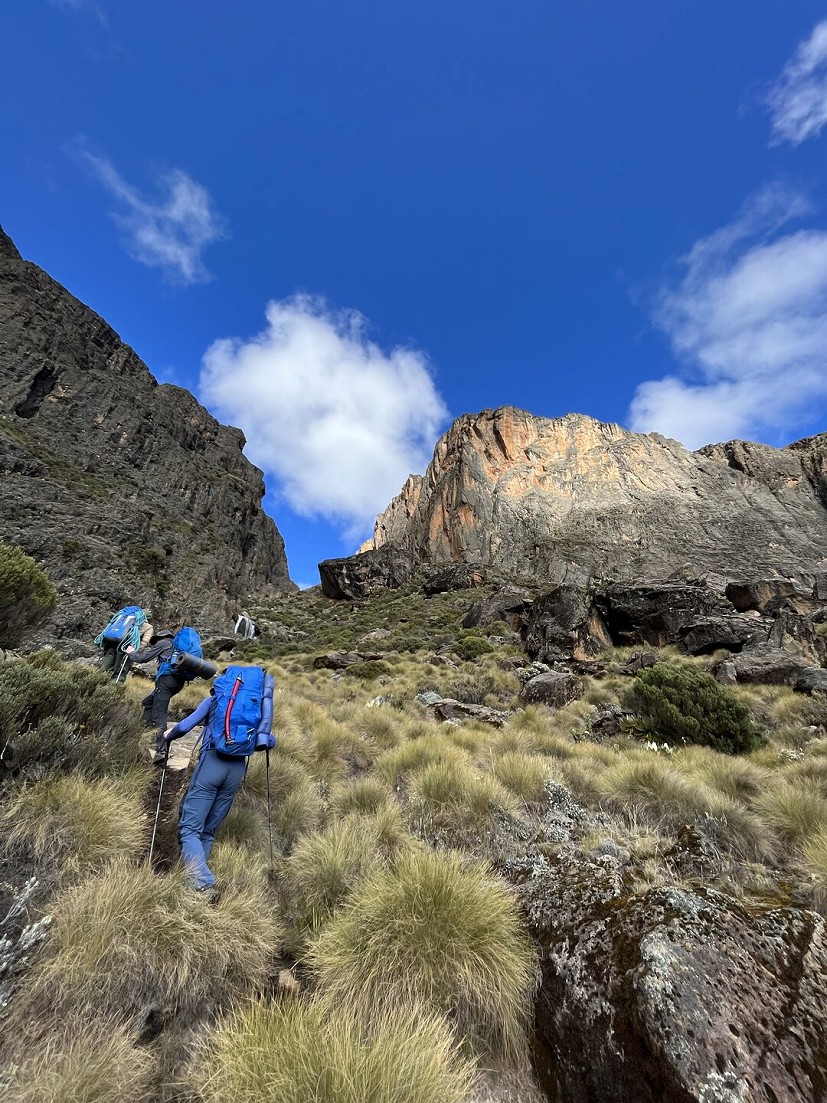
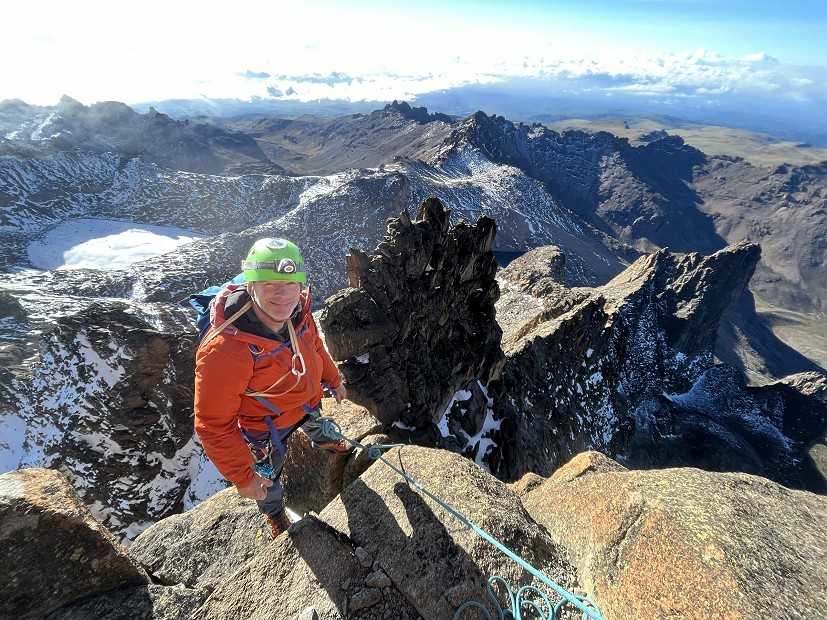
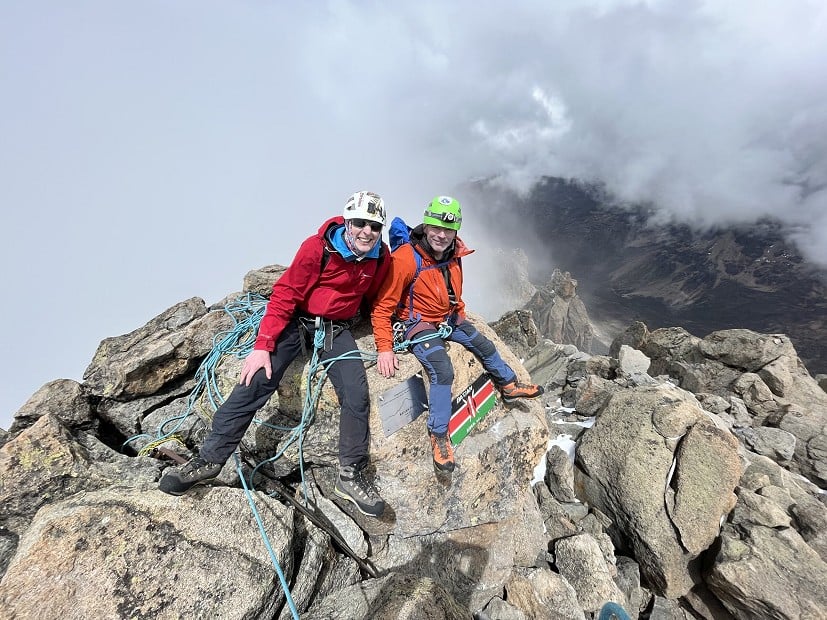
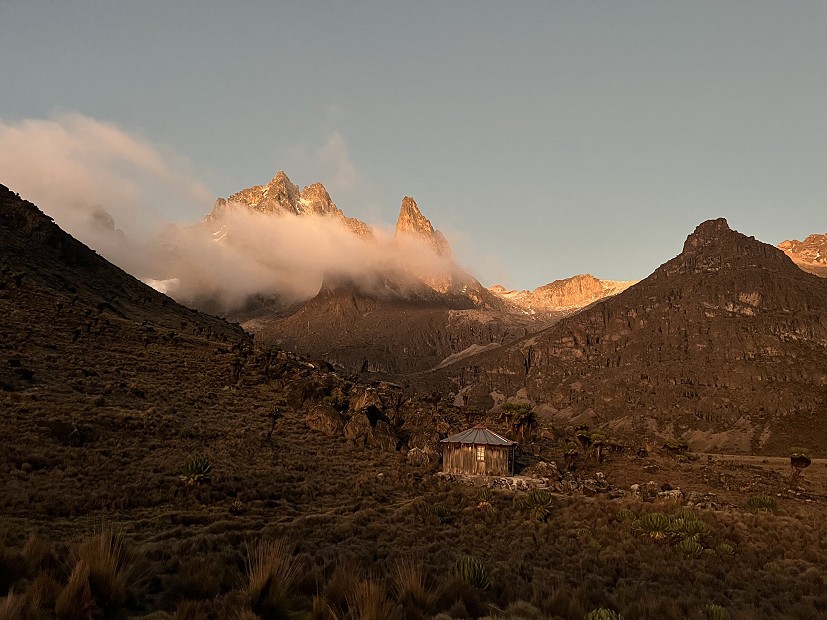
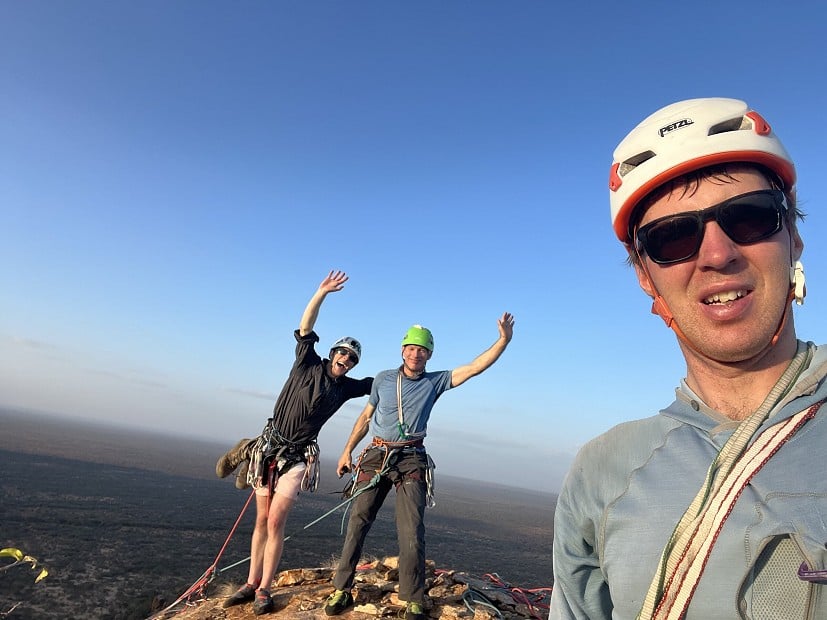

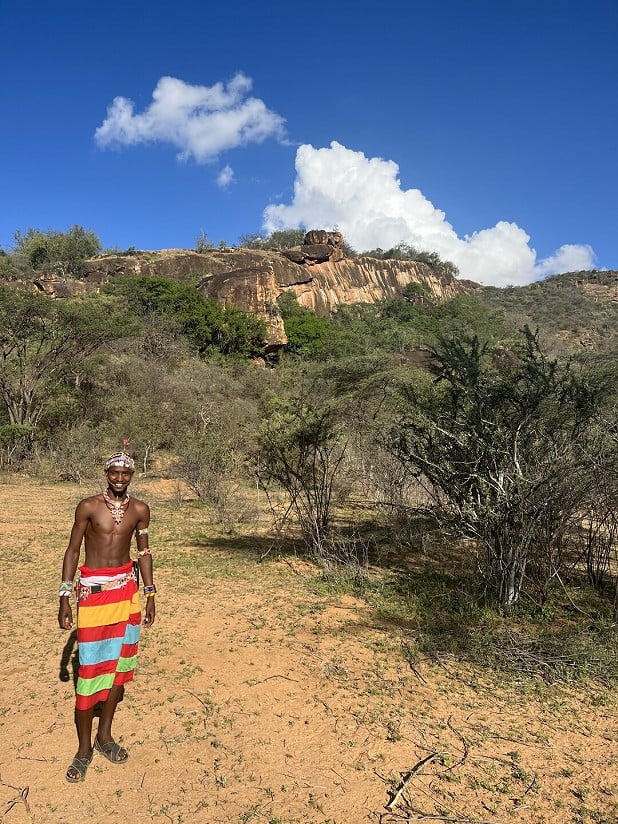
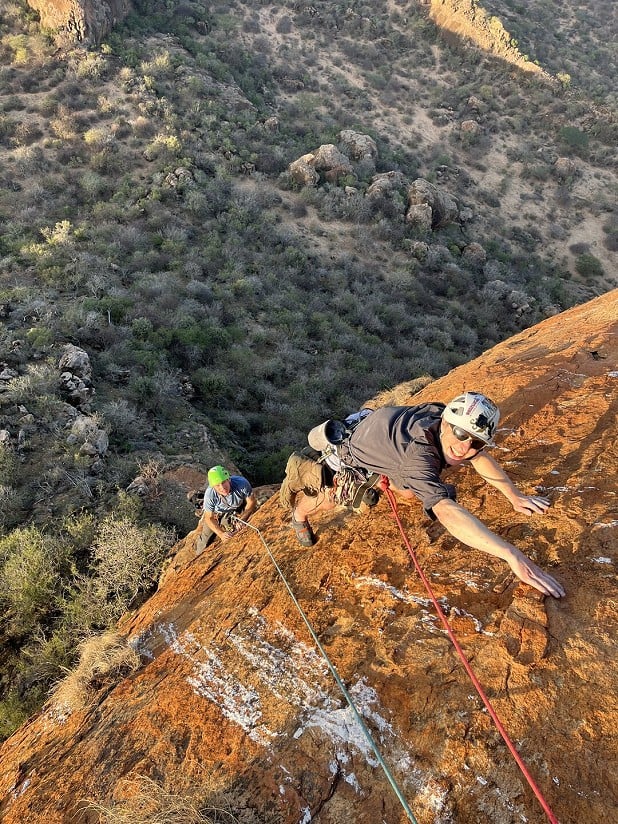
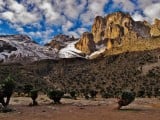
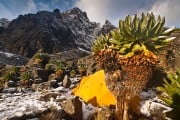
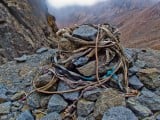
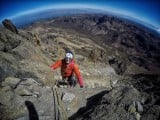

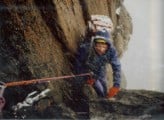
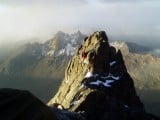
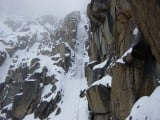
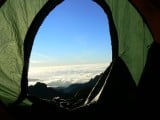

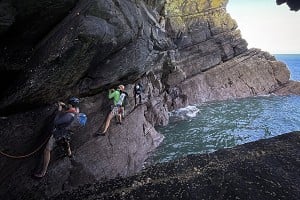

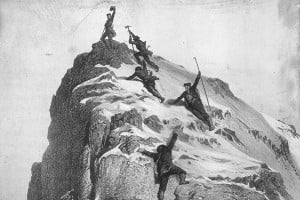
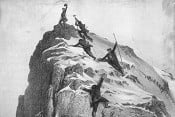



Comments
Great memories looking at your photos and reading article! Drove from UK to Kenya with couple of mates in 1984. Walked up naru moru track(vertical bog) stayed in Austrian hut and did the normal route up Nelion.
Ah the memories- standard route on Nelion & traverse over & back to Batian back in the day.. entirely in Asolo Plastic boots! At the gate on exit received a discount on park fees for having summited! Sounds like the same Landrover we hired..